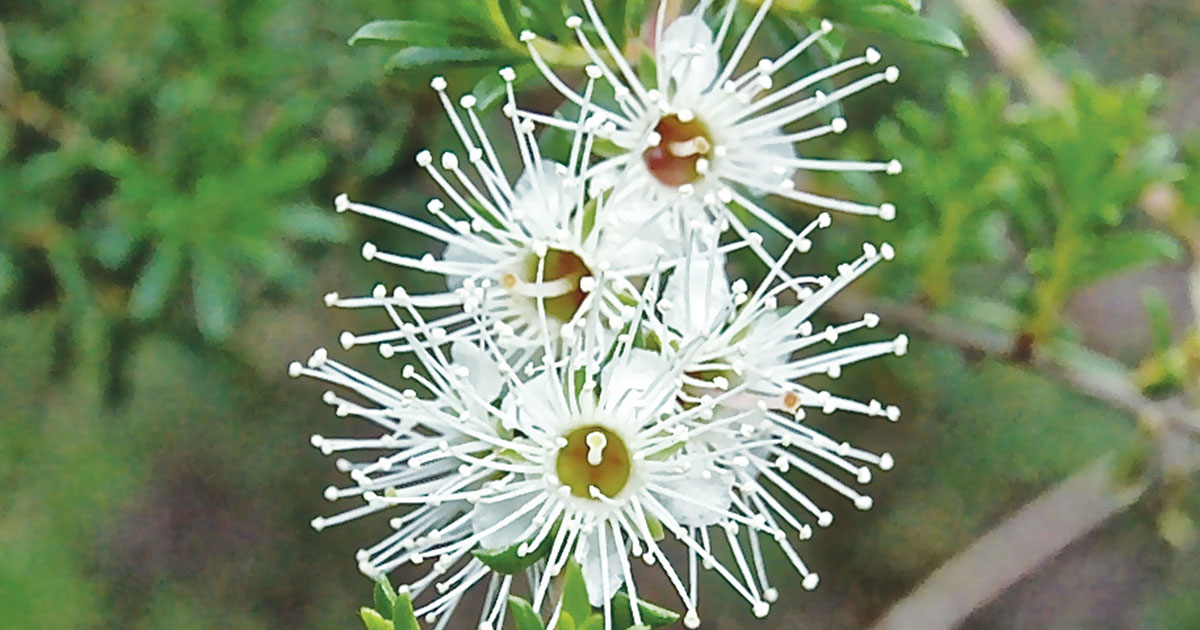If you're strolling alongside one of many many tracks in our bushland reserves between October and December you could probability throughout a Kunzea ambigua (White Kunzea or Tick Bush).
This bush is pretty common, particularly in open scrubby woodland and heath with sandy soils. It is likely considered one of the first to regrow after its habitat has been disturbed by clearing.
In perfect circumstances, this bush which can grow as a lot as three metres tall, and in season, could be coated with a prolific crop of delicate white flowers with very lengthy stamens which conceal the petals.

Kunzea Native Flower: A Symphony of Colors and Scents
Native FlowersThese flowers provide a welcome source of nectar for all sorts of insects in addition to small nectar feeding and insectivorous birds.
When taking Hidden in the Hills Kunzeas to look into the bush it's possible to observe some of the bugs that choose to reside in its vicinity.
This explicit species is usually utilized in gardens, especially these featuring a wide range of native plants. When kept compact by pruning it presents well as a seasonal specimen plant.
The title “Tick Bush” apparently comes from individuals observing that some native animals like to lay under the bush. It was thought that the aromatic oil content of the foliage could deter ticks and mites.
Growing in an identical habitat is the much less widespread Kunzea capitata (Pink Kunzea). This smaller variety could develop to around 1.5 metres excessive, and will be in flower generally from September to October.
Native FlowersThe deep pink flowers have small white pin head dimension globular dots on the ends of the stamens. Several flowers are clustered together towards the ends of branches which have a particular reddish-brown colouration.
This shrub is often extra compact than its relative. It too may be grown as an ornamental specimen in a house native backyard.
